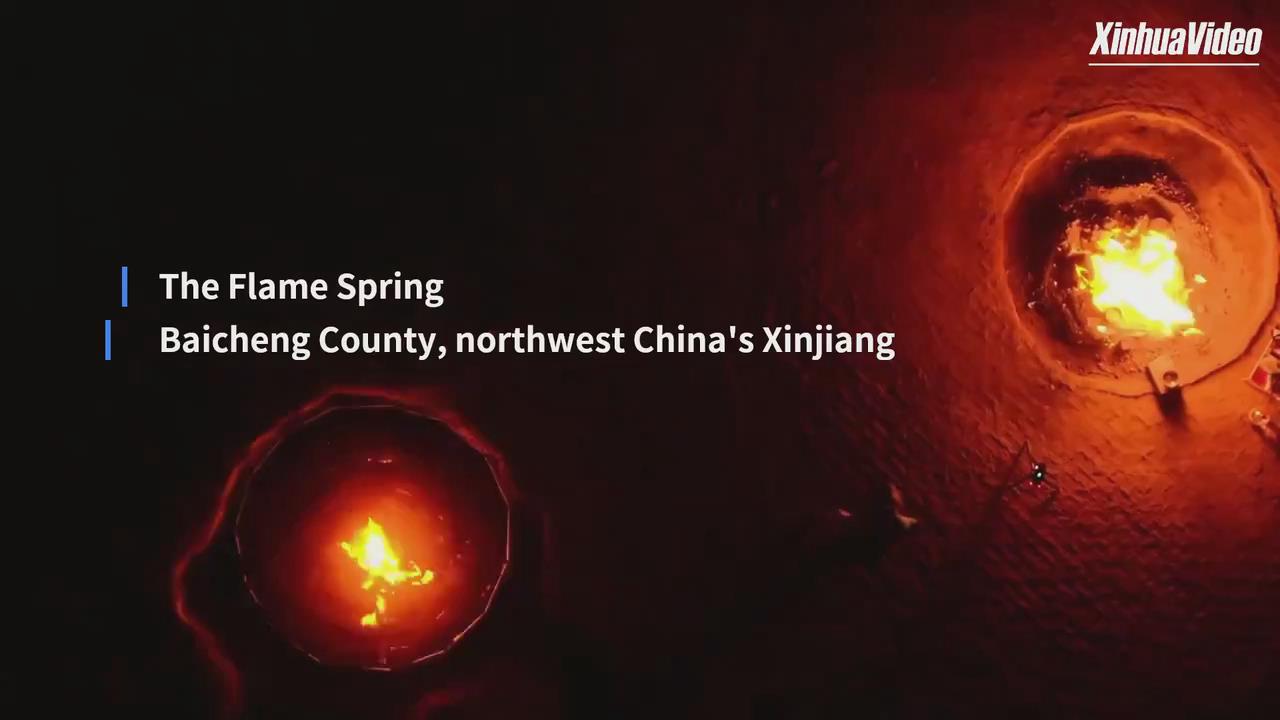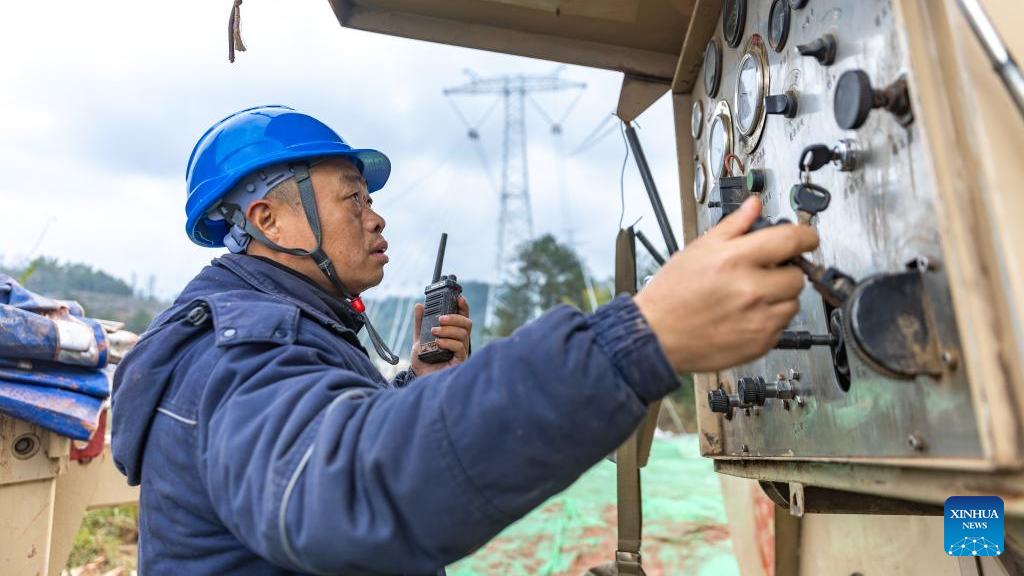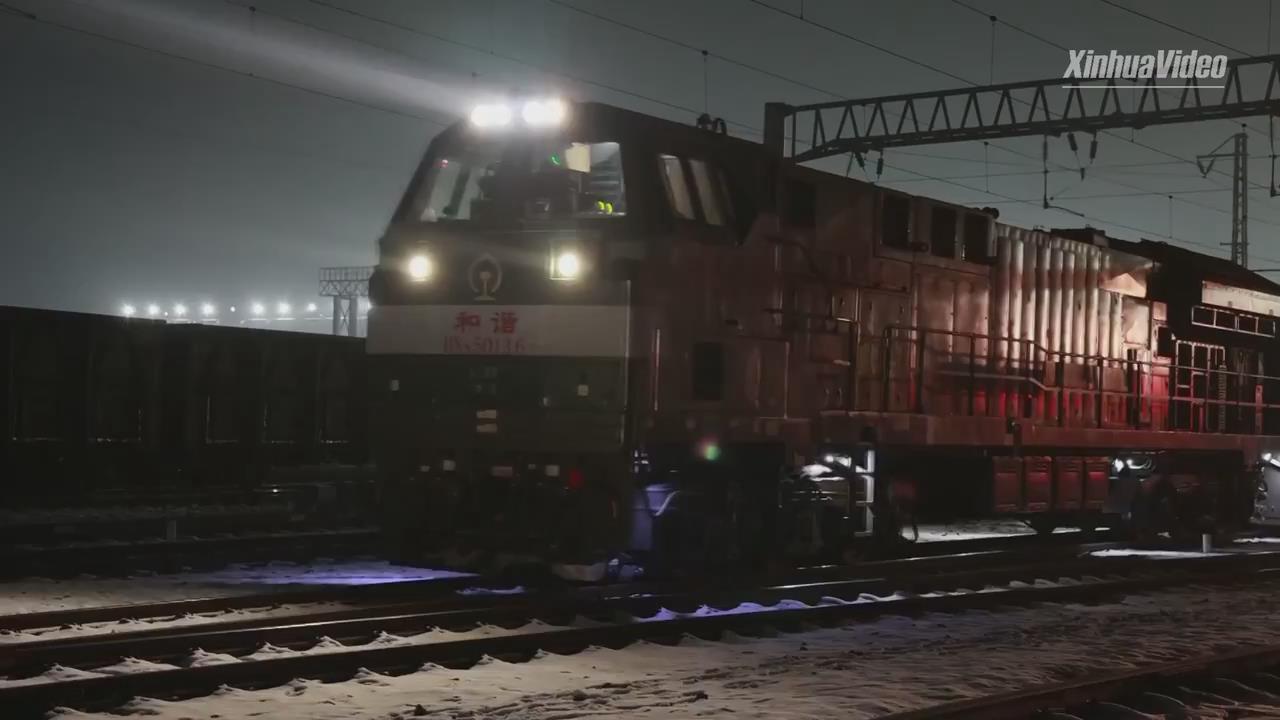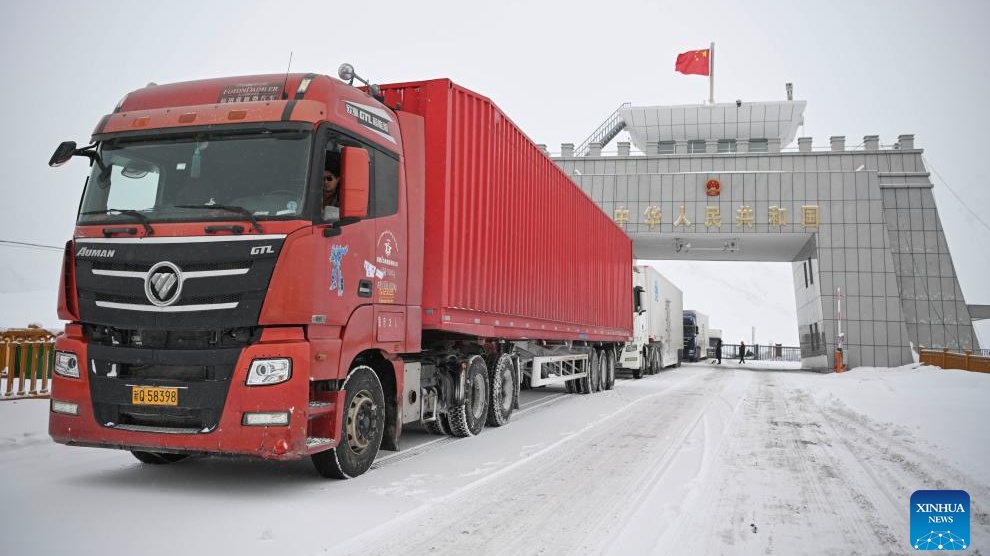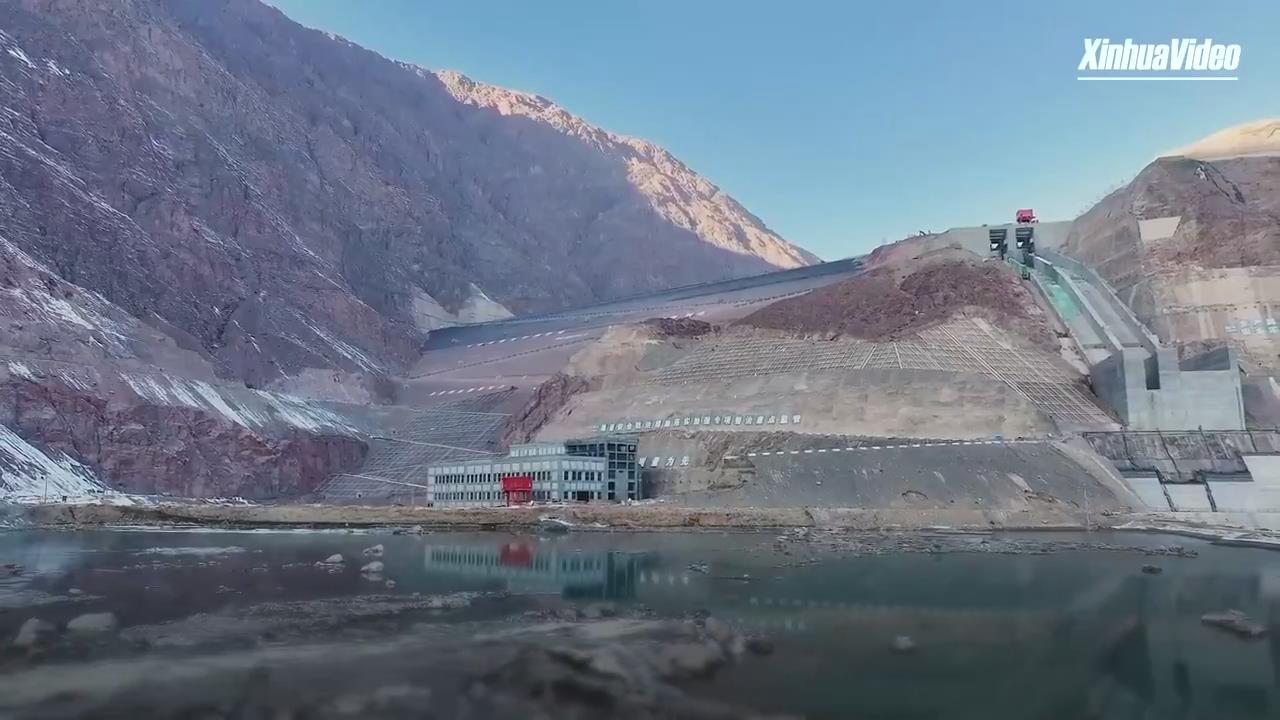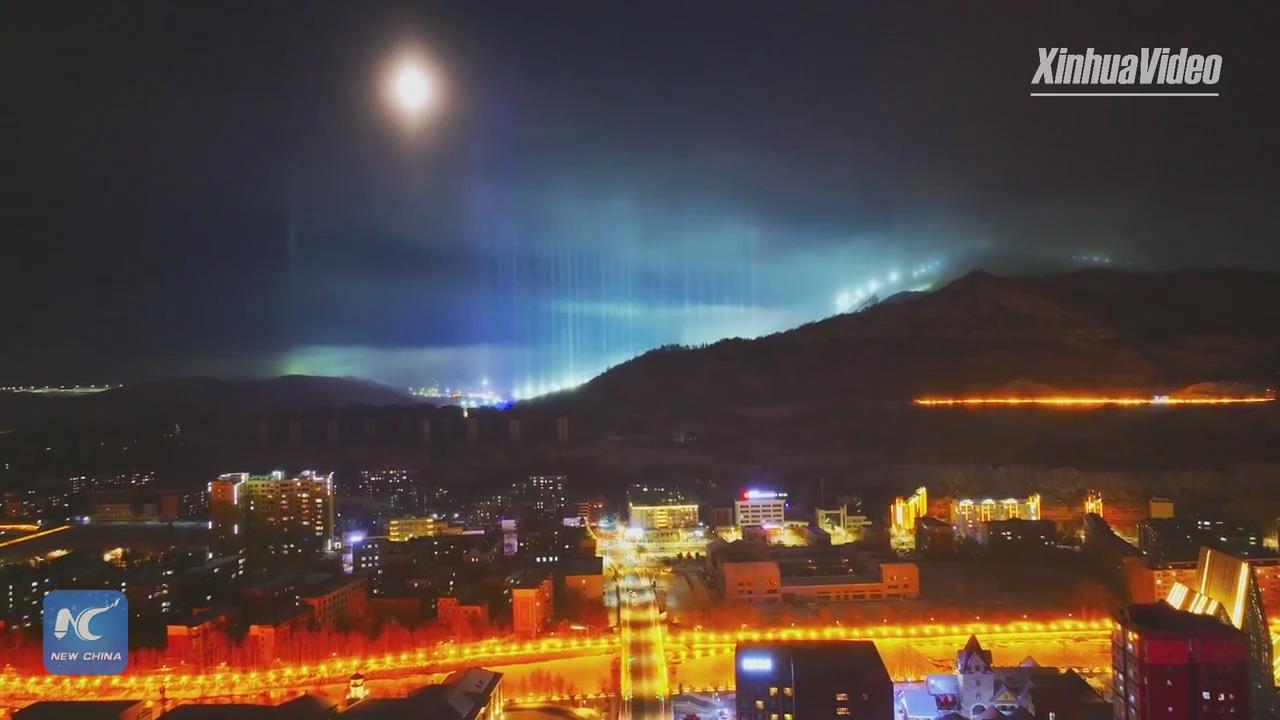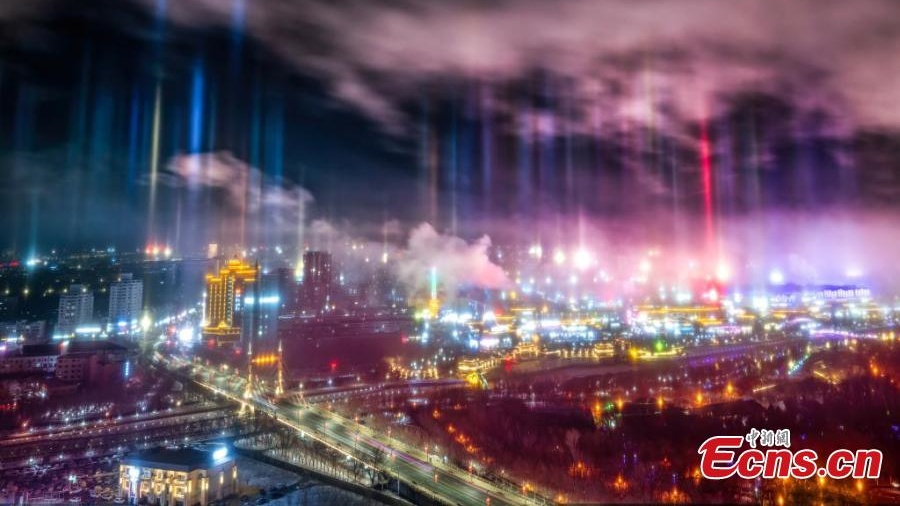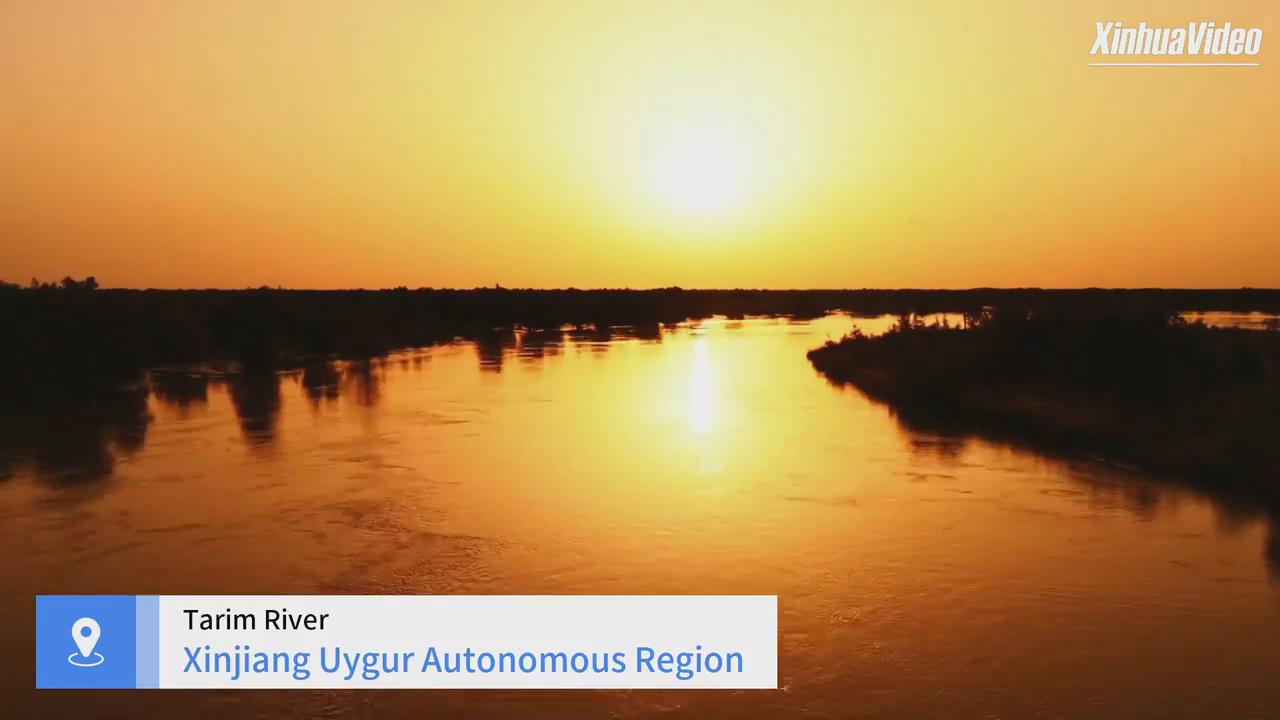
This photo taken on Aug 28, 2024, in Karamay, Northwest China's Xinjiang Uygur autonomous region, shows a hydrogen bicycle. It generates electricity through a power-making motor built inside. The motor uses the reaction of hydrogen and oxygen to drive the bicycle, making it ideal for green transportation. [Photo by Yan Xingzhou/chinadaily.com.cn]
Karamay in Northwest China's Xinjiang Uygur autonomous region, which consumes more than 100,000 tons hydrogen annually, is opening a new chapter in green development with hydrogen energy as its thrust.
As a clean, efficient energy carrier with diverse application scenarios, hydrogen energy bridges traditional fossil energy and renewable energy.
Karamay is a city that prospers with its traditional fossil fuel resources. To tackle the tickler of single industrial structure, and urban transformation and development, the city kicked off a reform on transforming into low carbon emissions last year.
Karamay was identified as one of the first batch of hydrogen energy demonstration zones in Xinjiang in 2023, and is vigorously developing the new energy industry presently, represented by hydrogen energy. The city has high sunlight, at around 1,500 hours a year, and the wind power resources here are also abundant, said Han Yi, deputy director of the industrial development division under the development and reform commission of Karamay.
Located in the crucial area of the Silk Road Economic Belt, Karamay works as a key power node of the major international energy and resources corridor.
The city has favorable conditions for producing hydrogen through renewable energy, as it benefits from its natural resources and the existing photovoltaic industry.
Currently, nine hydrogen energy enterprises from Jiading district, Shanghai are situated in Karamay, with projects covering the entire industrial chain in hydrogen energy. The investments total around 50 billion yuan ($7.04 million).
Karamay has begun to build a new power supply system that is sustainable, intelligent and complementary, providing a steady stream of low-cost, green, safe and stable power services for enterprises to invest in Karamay.
In addition, hydrogen energy also has a wide application scenario in Karamay.
A series of applications in fields in the future include: green hydrogen in the chemical industry, hydrogen energy transportation and hydrogen refueling stations, by-products from electrolytic water, hydrogen production from natural gas, and more, said Han.
Currently, Karamay puts forward the development of hydrogen industry. A full supply chain utilizing a method of "producing hydrogen with wind and solar energy, applying hydrogen energy in petrochemical industry, and using hydrogen electricity as energy, has been launched," said Ma Shilong, deputy director of Karamay's Development and Reform Commission.
Located in the Baijiantan district of Karamay, the construction of 400,000 kilowatts photovoltaic hydrogen production project of China National Petroleum Corp's Xinjiang oilfield branch is set to begin in the fourth quarter of this year. Upon completion, it is expected to be the country's largest green hydrogen project, reducing carbon emissions by around 210,000 tons a year, according to a report of Xinjiang Daily.
The scale of hydrogen energy in Karamay is expected to significantly expand by 2025, growing into an industrial ecology with the ability to produce, store, transport, and use, ultimately constructing a "Xinjiang hydrogen energy port" with complete supporting facilities, Han added.





.png)

